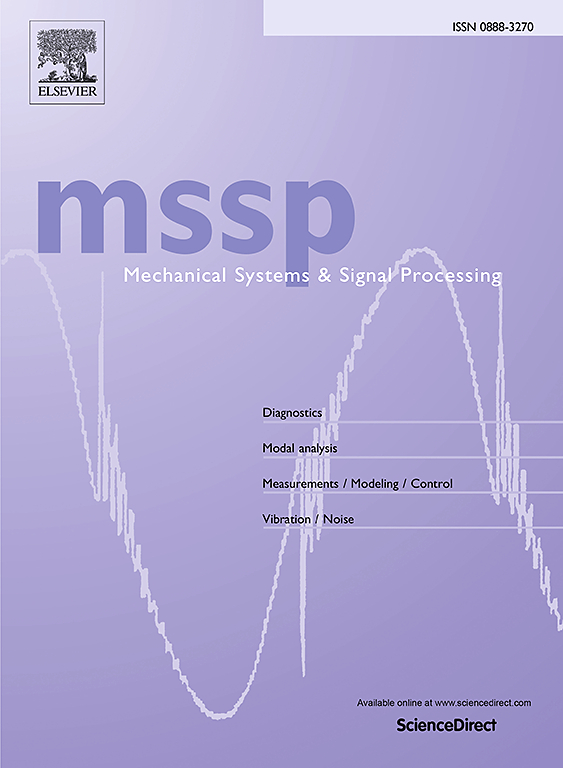Design of lightweight multifunctional honeycomb membrane-type acoustic metastructures for sound insulation
IF 7.9
1区 工程技术
Q1 ENGINEERING, MECHANICAL
引用次数: 0
Abstract
Honeycomb sandwich structures exhibit outstanding mechanical performance. However, their sound-insulation performance is typically unsatisfactory due to the sound-insulation mass law. In this study, a multilayer honeycomb membrane-type acoustic metastructure (MHMAM) is proposed by combining conventional honeycomb sandwich structures with membrane-type acoustic metamaterial. A theoretical model for calculating the sound transmission loss (STL) of the MHMAM is established using the space harmonic expansion method and the principle of virtual work. Subsequently, the validity and accuracy of the theoretical model are verified using a finite element model. The sound-insulation mechanism of the MHMAM is comprehensively examined from the perspectives of average normal displacement and energy transmission. The results show that, within the sound-insulation frequency band near the STL peak, the average normal displacement reaches a minimum and the power of energy transmission through the honeycomb wall and the air-facesheet pathways is reduced by more than tenfold. Moreover, the effects of membrane tension, membrane thickness, and honeycomb wall spacing on the sound-insulation performance are investigated analytically. Finally, sound-insulation experiments are conducted using an impedance tube system. The results indicate that the MHMAM can generate a higher STL than conventional honeycomb sandwich structures in the frequency range of 500–6300 Hz. Therefore, the MHMAM can simultaneously provide broadband sound-insulation and load-bearing capabilities, making it an effective lightweight multifunctional sound-insulation structure.

求助全文
约1分钟内获得全文
求助全文
来源期刊

Mechanical Systems and Signal Processing
工程技术-工程:机械
CiteScore
14.80
自引率
13.10%
发文量
1183
审稿时长
5.4 months
期刊介绍:
Journal Name: Mechanical Systems and Signal Processing (MSSP)
Interdisciplinary Focus:
Mechanical, Aerospace, and Civil Engineering
Purpose:Reporting scientific advancements of the highest quality
Arising from new techniques in sensing, instrumentation, signal processing, modelling, and control of dynamic systems
 求助内容:
求助内容: 应助结果提醒方式:
应助结果提醒方式:


